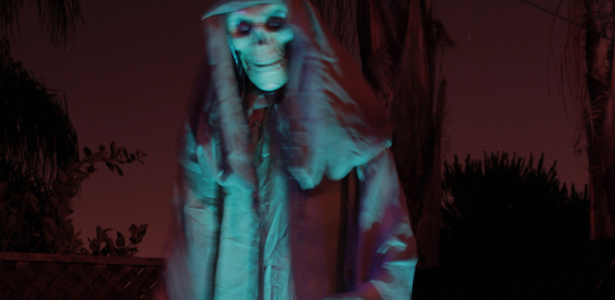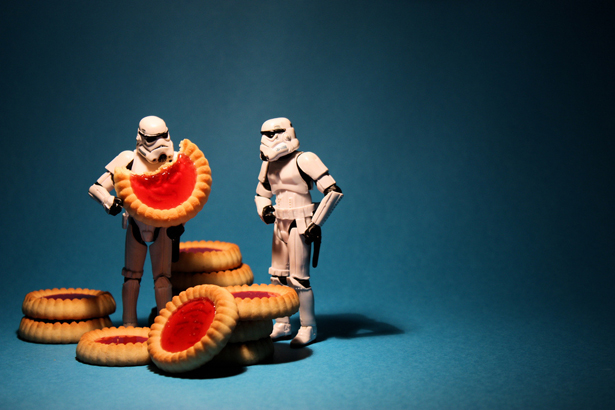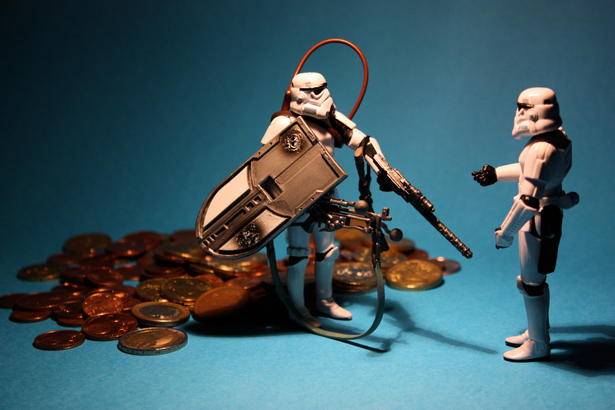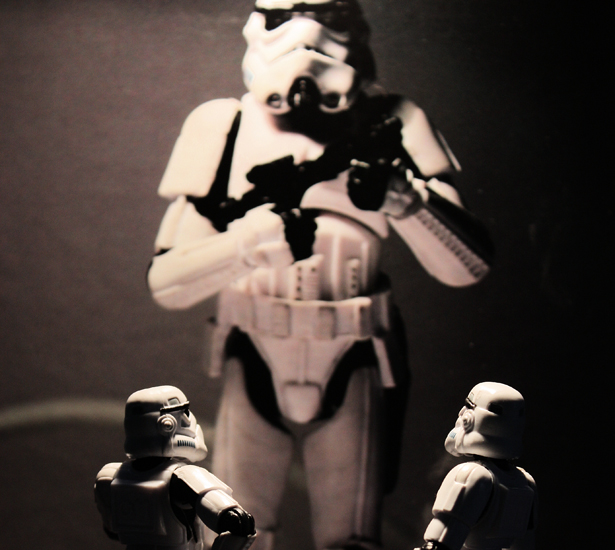 In this article, we'll look at some of the worst offenses committed in design and how to avoid them. When your design project is judged, will you be held accountable for any of these sins?
In this article, we'll look at some of the worst offenses committed in design and how to avoid them. When your design project is judged, will you be held accountable for any of these sins?
A design project requires preparation. There are protocols to follow, theories to consider, briefs to dissect and, as we'll see, sins to avoid!
In any design project, pitfalls are to be expected. These pitfalls can impede progress or even derail the project. Most experienced designers are able to avoid them by recognizing the warning signs.
The following seven deadly sins of design have their warning signs, too. They are worse than your average pitfall, though, because they can kill your design if you are not vigilant. So, stay on the straight and narrow and beware the traps on either side of the path.
Beware the Reaper, who lies in wait to claim your design project.
1. Lust
The first sin on our list is lust. You might be familiar with this one, which is characterized by an excessive love of the work of others, to the detriment of your own.
In the grip of this sin, one is so enthralled with the designs of their peers that they become more concerned with paying homage to them than in demonstrating their own style. Admiring someone else's contribution to the Internet is one thing, but your work should feel like your own, not theirs.
Clear your head before beginning a new project, so that you are less likely to emulate someone else's work. If the impulse to copy takes hold as you start, reboot and try again. Do whatever you can to imbue originality into your work.
Keep those lustful impulses under control.
2. Gluttony
This sin is easily recognizable. Design gluttony is the impulse to do way too much on one website. Offenders might simply be overachievers who confuse a website's message by stuffing in unnecessary elements. Once you cross this line, the entire project is compromised. You need to be sensitive to balancing the elements and ideas of a design.
Sure, some clients will ask you to squeeze in more ideas than a design can plausibly fit. In such cases, step back and find subtle and creative ways to incorporate them. If the user has to process too much, then they will likely absorb very little.
If you risk committing this sin, have a second set of eyes look over your work. You might need to make drastic cuts to keep the website from over-stimulating its users.
Your design is full! Put down the jammy dodger.
3. Greed
Here is another easy sin to commit. It is obvious when a designer under-delivers on a product usually when money takes priority over the design.
Perhaps the freelancer has too many projects on the go, making it impossible for them to give their full attention to any one task. Or they might be financially stressed. Whatever the reason, when money takes over, the design suffers.
Take pride in every design that you create. Don't ever deliver a product that is sub-par. We are artists, and this is our craft. When a pay check starts clouding your judgment, revisit why you got excited about the project in the first place.
Greed is a powerful motivator, but it should never be your inspiration. Another way to reignite your passion is to push the envelope and challenge yourself creatively.
It's not all about the Benjamins.
4. Sloth
Sloth is a hard one to slip by the design community. When a designer repeats patterns or combinations of elements over and over in their projects, they are guilty of this sin. Becoming lazy in one's design is nearly unforgivable, and there may be no way to revive one's reputation.
A designer should strive to make each of their websites unique. If you catch yourself becoming lazy or repetitious, look to new sources of inspiration. Different styles and influences will breathe life into your work, taking you in exciting new directions.
Take the lazy way at your own peril.
5. Wrath
Don't let wrath strike you in the course of a project. This sin shows not in your work but in your words and actions. You have to look within yourself to avoid crossing this line. Designer wrath is self-destructive and instigates endless unnecessary feuds with clients over insignificant details.
Sure, you have to take pride in your work, but the client has to make the final call, and you have to respect that. There is no need to get defensive or provoke a client.
Picking a fight merely bogs down the entire process. Take time to process your thoughts before responding to antagonistic messages from clients, so that you don't burn any bridges or derail the project.
Losing your cool is not the way to get a job done.
6. Envy
Design envy is characterized as one's fascination with the success of another design model.
To capture some of the popularity that another designer is enjoying, you aim your work in the same direction, compromising your unique voice and style. There are ways to borrow from a model that you admire without blatantly copying the approach or style.
Design envy is harmful because you'll lose credibility with your peers. There are ways to resist the urge to copy someone else's work. Identify the essential idea that appeals to you about a design, and then distill it into an original approach.
You could also find a way to say something similar to the general message behind a website; this isn't copying, but rather presenting a new interpretation of a proven model.
7. Pride
This final sin is easy to commit, given how much pride designers take in their work. As mentioned, pride ensures quality, but too much takes you off track.
When a designer's understanding of a project gets clouded by an inflated sense of self-importance, pride has kicked in. The design then becomes about the designer, and the mission of the client gets lost. Users see the designer's fingerprints all over the work and notice them instead of the message.
The designer needs to remain more or less anonymous. A user should recognize that a designer was behind the website they're viewing, but you should be wary of leaving too personal a stamp on your designs. Pride is good but, like all things, needs moderation. Keeping it in check is your responsibility.
Too much of a good thing is bad.
In Conclusion
Making progress in a project is much easier when you're cognizant of these seven deadly sins of design. Awareness is the key.
Written exclusively for WDD by Rob Bowen. He is an emerging author and the co-founder and imaginative co-contributor of the creative design and blogging duo at the Arbenting Freebies Blog and Dead Wings Designs.
How many of these sins do you recognize in your own work? Are any of these sins even forgivable?
Check out BrushLovers.com and find an awesome collection of free photoshop brushes























